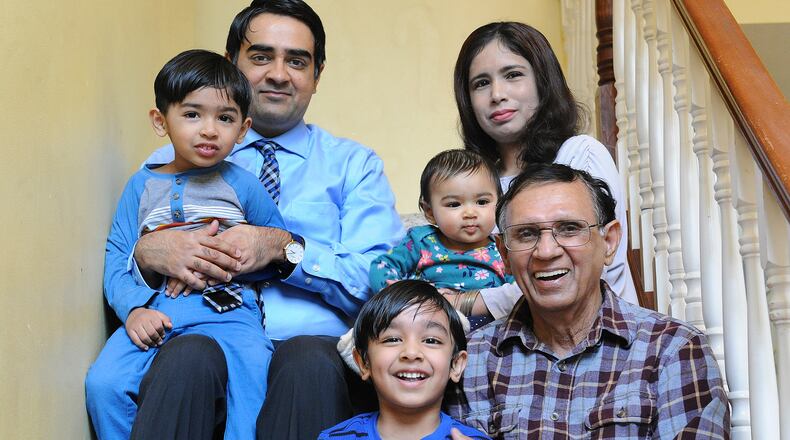“If I were alone, there would be a lot of challenges,” he said.
An increasing number of people are living with three or more generations under a single roof, whether it is for cultural or financial reasons, convenience or necessity. According to a survey by the nonprofit group Generations United, 26 percent of Americans lived in multigenerational homes in 2021, up from 7 percent a decade earlier.
“More people are looking for multigenerational due to the rising cost of either renting or buying a house,” said Sham Reddy, a past president of Dayton Realtors who has been a real estate agent for 30 years.
Families can save 40 to 50 percent by uniting households, combining resources to cover both the mortgage and utility bills, said Reddy, who is with HER Realtors.
The reasons to live together go beyond the financial. The younger generation often wants to be close to their aging parents, he said. The older generation may have health issues or be unable to drive, but households with multiple active adults may be able to divvy up chores, like cleaning, mowing and gardening.
Grandparents also get more time with their grandchildren.
“The families do get closer,” Reddy said.
Multigenerational households can face several challenges as they try to find the right home, he said. Aging parents don’t want stairs, so having a bedroom on the main floor is often important. Multiple families mean more than one bathroom. They also often need an attic or a partially finished basement for storage.
“Privacy is also a need for these families,” he said.
Because of a lack of inventory, families should set aside additional time to look at homes to find one that meets their needs, Reddy said. They should be ready to compete with single-family homebuyers and be prepared to pay more than a home’s asking price. Some multigenerational households choose to live in a rental for a few years first.
Living together can sometimes lead to discord, such as highlighting differences in child-raising techniques, Reddy said. But with flexibility and respect, it works out.
“The affection and the love within the family overrides any misunderstandings,” he said.
Living together has worked well for the Bhatti family, but it may not be for everyone, said Mohammad Bhatti’s 35-year-old son, Rooshan Bhatti.
“If someone has a short temper or they expect a lot from the grandparents, I wouldn’t recommend it,” he said.
Although compromises may be necessary, the Bhatti family finds small ways to support each other. For example, Rooshan said the family tries to eat the same meal, which might mean adding salt later to account for dietary needs. Or he will get the mail for his dad in the winter to help prevent a fall.
Talking together – not arguing – is key.
“You have to find a common ground,” he said.
About the Author

